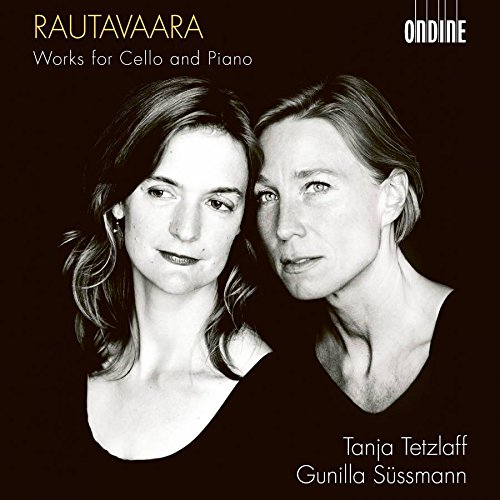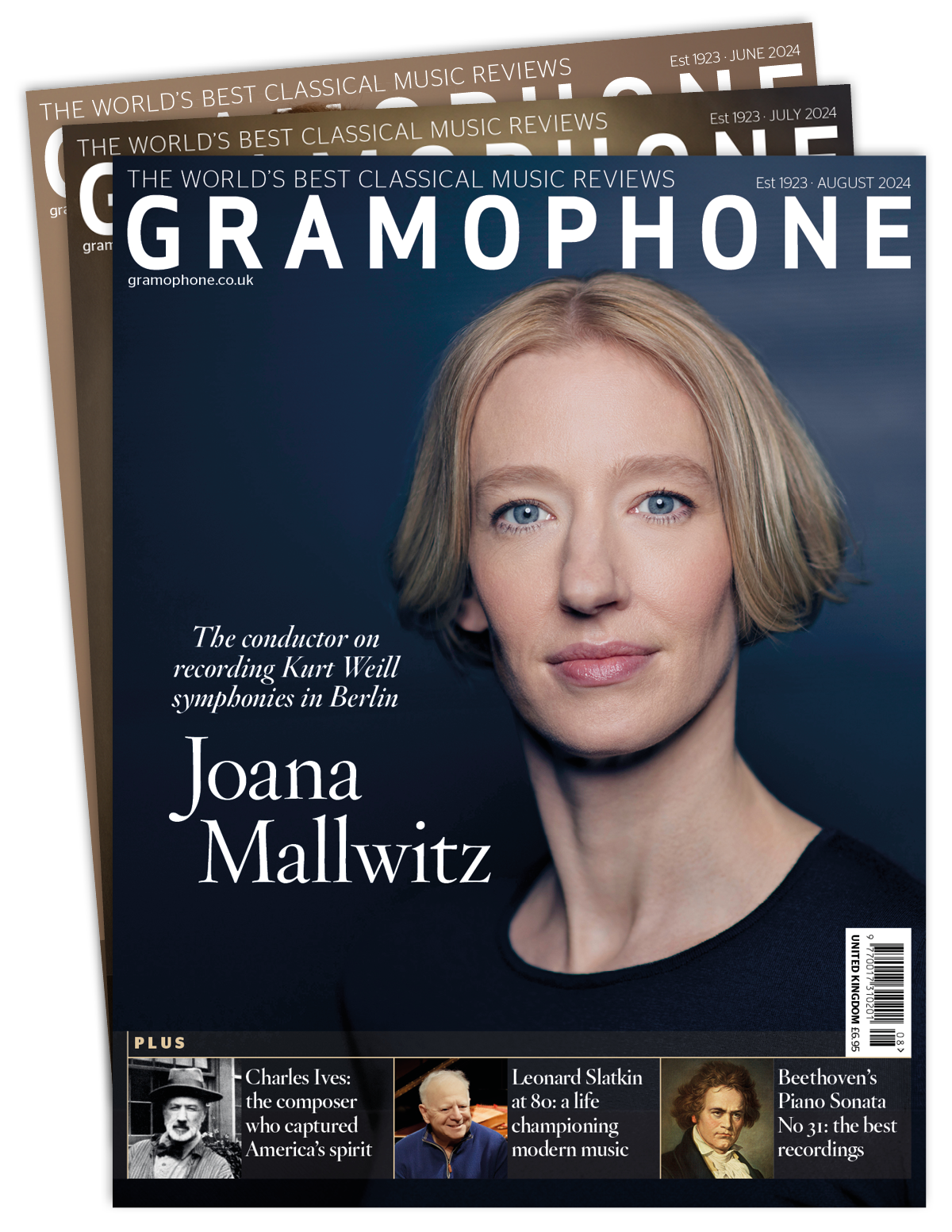RAUTAVAARA Cello Sonatas
View record and artist detailsRecord and Artist Details
Composer or Director: Einojuhani Rautavaara
Genre:
Chamber
Label: Ondine
Magazine Review Date: 04/2018
Media Format: CD or Download
Media Runtime: 68
Mastering:
DDD
Catalogue Number: ODE1310-2

Tracks:
| Composition | Artist Credit |
|---|---|
| Cello Sonata No 1 |
Einojuhani Rautavaara, Composer
Einojuhani Rautavaara, Composer Gunilla Süssman, Piano Tanja Tetzlaff, Cello |
| Cello Sonata No 2 |
Einojuhani Rautavaara, Composer
Einojuhani Rautavaara, Composer Gunilla Süssman, Piano Tanja Tetzlaff, Cello |
| Solo Cello Sonata |
Einojuhani Rautavaara, Composer
Einojuhani Rautavaara, Composer Tanja Tetzlaff, Cello |
| Polska |
Einojuhani Rautavaara, Composer
Einojuhani Rautavaara, Composer Gunilla Süssman, Piano Tanja Tetzlaff, Cello |
| Two Preludes and Fugues |
Einojuhani Rautavaara, Composer
Einojuhani Rautavaara, Composer Gunilla Süssman, Piano Tanja Tetzlaff, Cello |
| Song of my Heart |
Einojuhani Rautavaara, Composer
Einojuhani Rautavaara, Composer Gunilla Süssman, Piano Tanja Tetzlaff, Cello |
Author: Andrew Mellor
Both pieces were started in the early Seventies but finished far later. In the First, completed in 2001, Rautavaara’s use of an almost runic melody that orbits around the middle of three adjacent notes is telling when considering his relationship to Sibelius. The Second, completed in 1991, grapples with bigger issues. It is an attractively pessimistic piece in which a remarkable central movement – a moto perpetuo on the cello beneath which broad, shadowy chords born of an entirely different velocity are laid down by the piano (again, echoes of Sibelius) – prepares the way for the angry confessions of the finale.
The neo-Baroque devices of the Solo Sonata (1969) offer Rautavaara the chance to hang melodies off a single ‘anchor’ note once more, and to explore ideas of one plane of sound restricting or controlling another (pizzicato ‘pegs’ underneath broad double-stopped lyricism, for example). This fascinating piece builds on the lessons of the Two Preludes and Fugues (1955) from the composer’s student days.
Yes, the Sonata is tricky. No, Tanja Tetzlaff doesn’t make it sound so. She can pack a punch, is always spacious, and sometimes sacrifices accuracy of tuning at the altar of expression and line. Her partner Gunilla Süssmann is absolutely in the zone, whether lowering chords into the piano with her arms in the Sonata No 2 and Song of my Heart – a refugee from the opera Aleksis Kivi – or enlivening passages including the deranged dance that is the Polska, a manic, dual-personality polka in which Tetzlaff duets with herself.
Explore the world’s largest classical music catalogue on Apple Music Classical.
Included with an Apple Music subscription. Download now.

Gramophone Digital Club
- Digital Edition
- Digital Archive
- Reviews Database
- Full website access
From £8.75 / month
Subscribe
Gramophone Full Club
- Print Edition
- Digital Edition
- Digital Archive
- Reviews Database
- Full website access
From £11.00 / month
Subscribe
If you are a library, university or other organisation that would be interested in an institutional subscription to Gramophone please click here for further information.




